Chinese company plans toll road project for Termez-Dushanbe highway
The route plan is being revised to reduce the number of houses demolished and trees cut down.
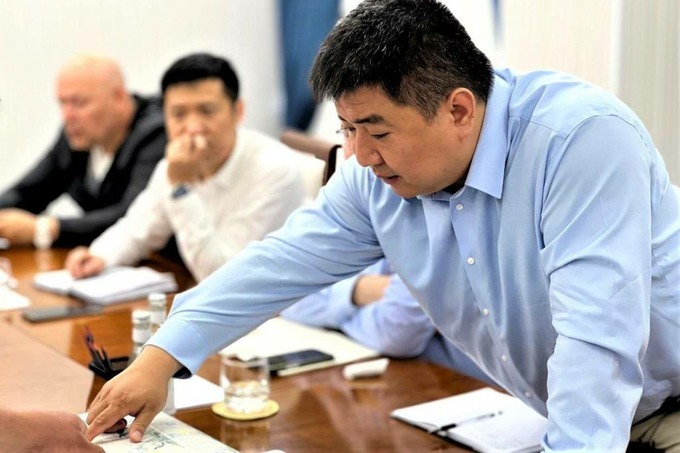
Photo: Press service of the khokimiyat of Surkhandarya region
Hunan Industrial Equipment Installation Co. Ltd. is planning to construct a new toll highway in the Surkhandarya region, as reported by UzA.
Ulugbek Kosimov, the regional governor, met with representatives of the Chinese company on May 11 and reviewed the highway project. The future route, spanning 171 kilometers, will run parallel to the M41 highway section connecting Bishkek, Dushanbe, and Termez.
Alongside the project's economic aspects, its environmental impact was discussed. To mitigate the effect on nature and local populations, there is a need to reduce the relocation of houses and trees.
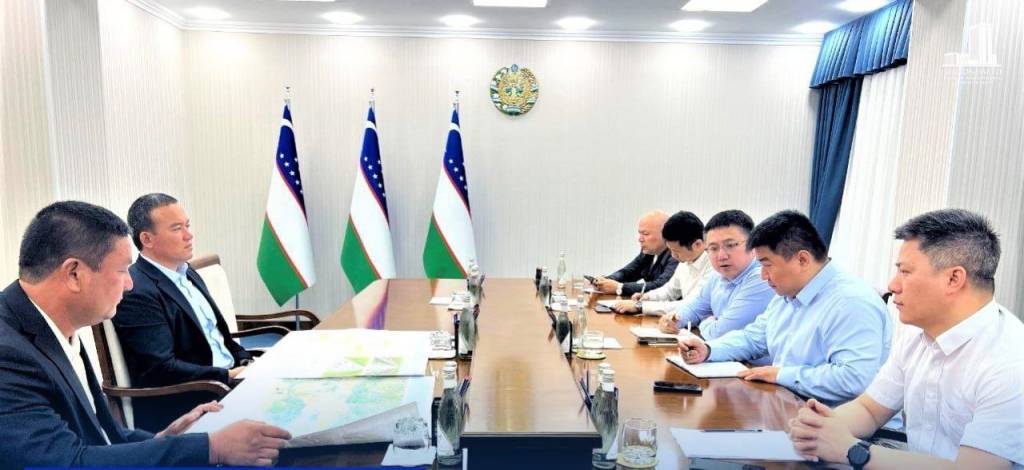
The current plan calls for the demolition of over 1,000 homes and the felling of 60,000 trees. The parties agreed to refine the road plan by "enlisting experienced specialists."
Plans to create toll highways in Uzbekistan were first announced in the summer of 2018, with the German company GP Günter Papenburg AG initially designated for construction.
Later that year, the Cabinet of Ministers released a resolution earmarking 2020 as the start of the practical introduction of toll roads. In the spring of 2019, a draft law on toll roads was published for discussion, but it was not adopted.
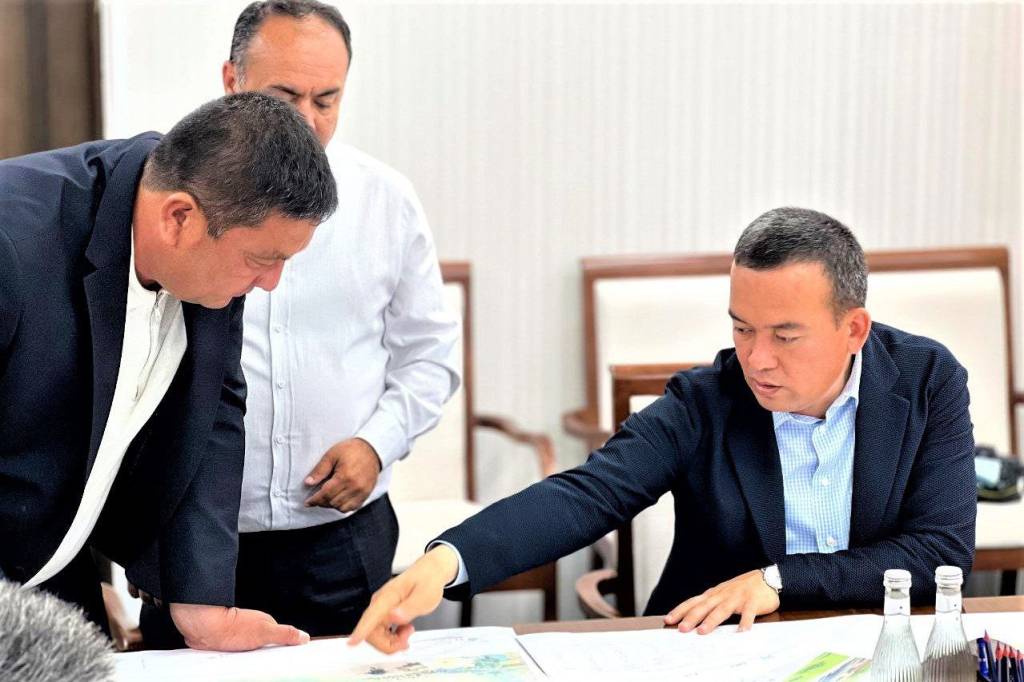
Shavkat Mirziyoyev decreed to start the construction of the Tashkent-Samarkand toll road, involving a consortium including Cengiz Enerji, Kalyon, and Kolin. The European Bank for Reconstruction and Development had proposed expediting the commencement of the project, which was delayed due to the high projected toll fees.
It was also decided to lay a toll road from Tashkent to Andijan. In 2020, it became known that this road would pass through a new tunnel at Kamchik. Additionally, there are plans to build a toll route from Samarkand to Shahrisabz with a tunnel at the Takhtakoracha pass.
The Public-Private Partnership Development Agency estimated the cost of travel on toll roads from Tashkent to Samarkand and Andijan for passenger cars at $5–6, with a maximum speed limit of up to 150 km/h.
Recommended
List of streets and intersections being repaired in Tashkent published
SOCIETY | 19:12 / 16.05.2024
Uzbekistan's flag flies high on Oceania's tallest volcano
SOCIETY | 17:54 / 15.05.2024
New tariffs to be introduced in Tashkent public transport
SOCIETY | 14:55 / 05.05.2023
Onix and Tracker cars withdrawn from sale
BUSINESS | 10:20 / 05.05.2023
Latest news
-
Central Bank reports record daily surge in gold bar prices
BUSINESS | 15:21
-
Gov’t to launch “Unified Tourist Card” for access to all historical monuments
TOURISM | 15:07
-
FM Saidov holds talks with U.S. Secretary of State and National Security Advisor to discuss deeper strategic partnership and regional stability
POLITICS | 14:07
-
ZEEKR EV catches fire while charging in Tashkent
SOCIETY | 13:46
Related News
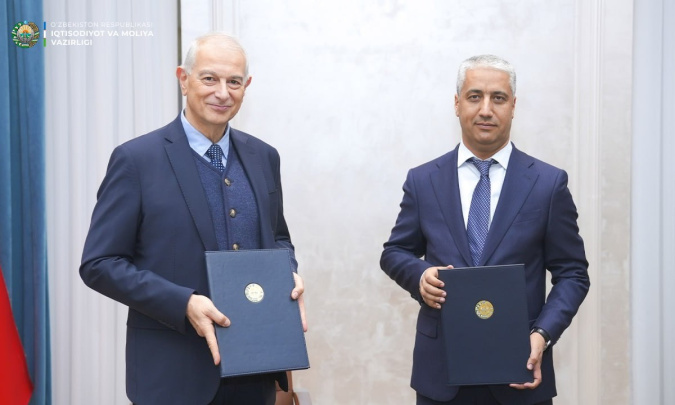
14:13 / 16.01.2025
Turkish company IC İçtaş İnşaat partners with Uzbekistan for Samarkand-Bukhara toll road construction
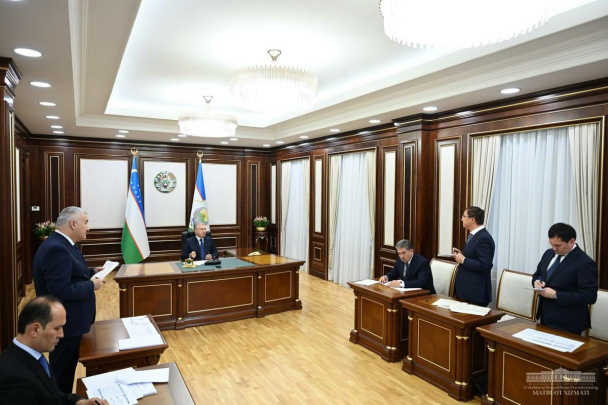
17:31 / 17.10.2024
President Mirziyoyev urges to speed up toll road construction, ensuring free alternatives

15:48 / 15.10.2024
UAE's MBS Global Investments may join Tashkent-Andijan toll road project
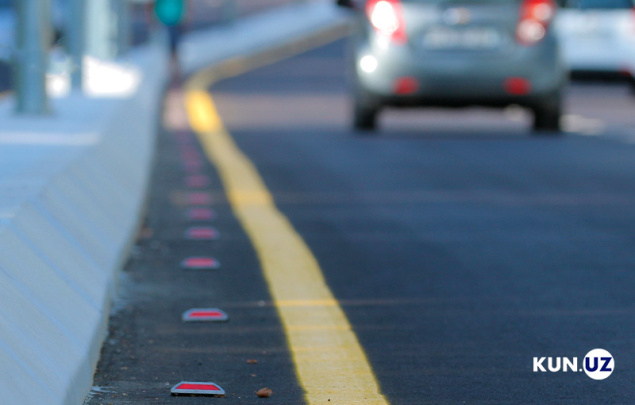
11:57 / 11.10.2024



